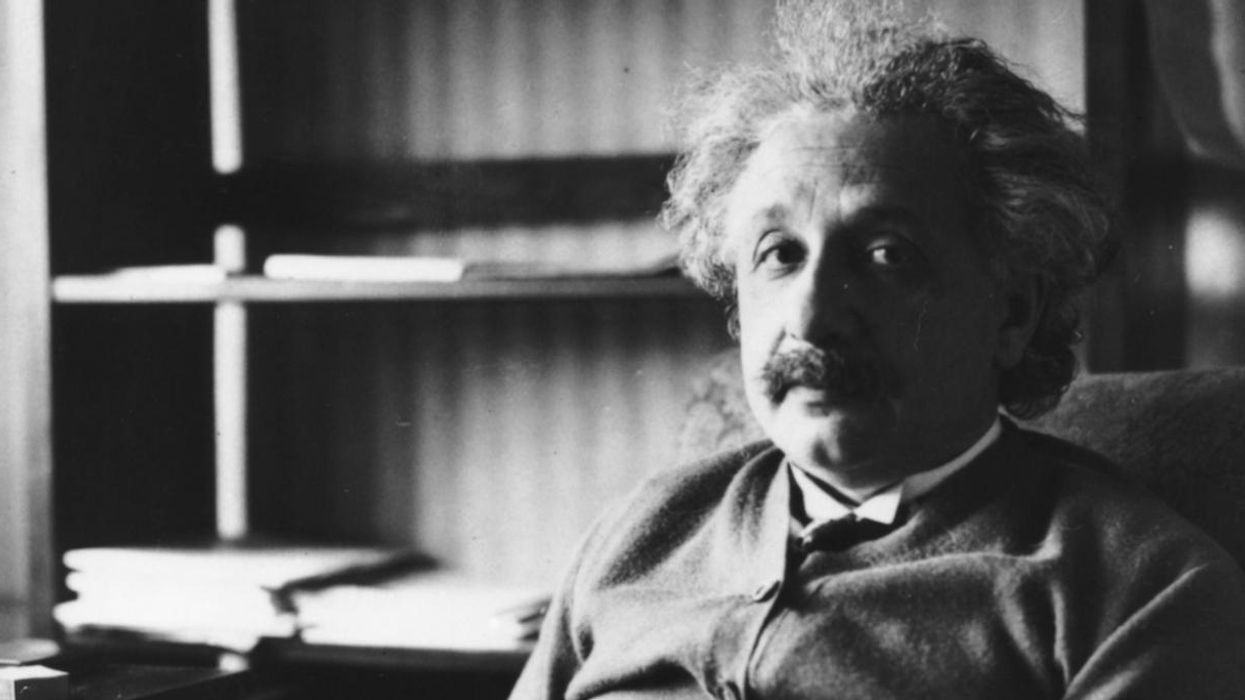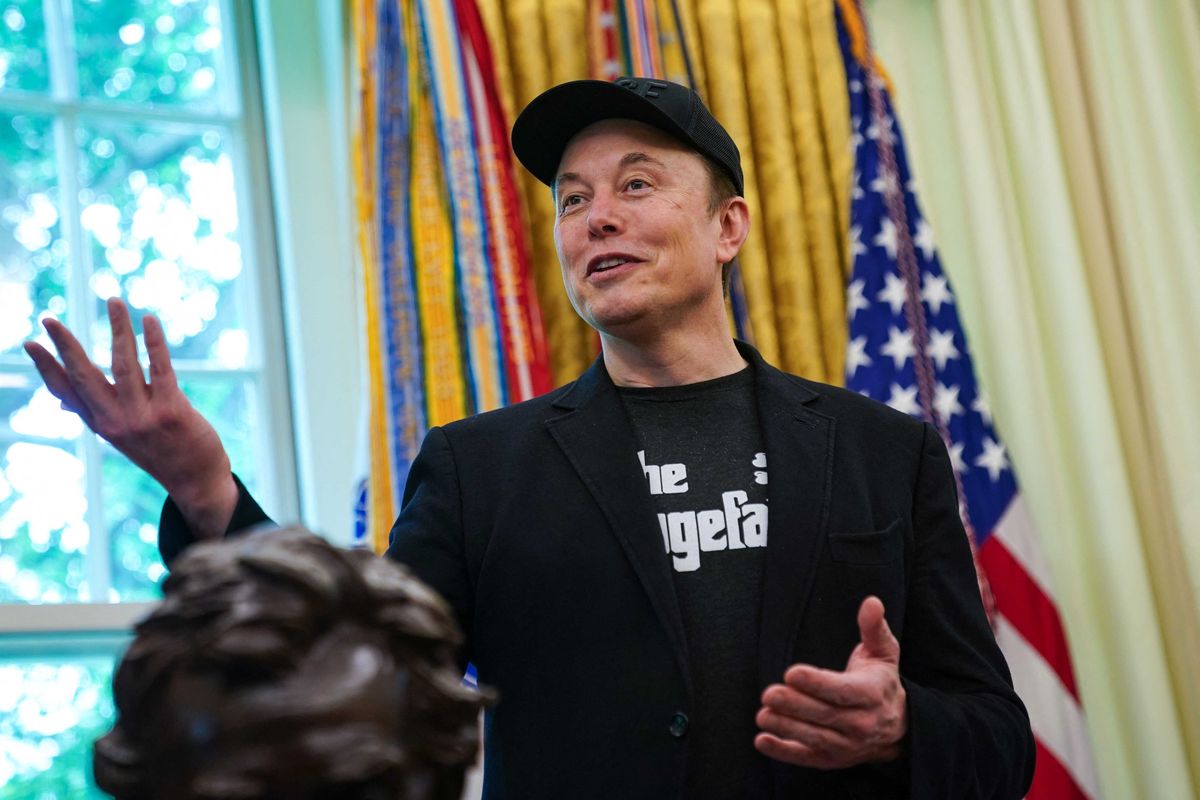News
Jimmy Soni
Aug 16, 2017

Picture:
KEYSTONE/HULTON ARCHIVE/GETTY IMAGES
Jimmy Soni is the co author of A Mind At Play, the first ever biography of Claude Shannon, so when it comes to questions about intelligence and the minds of geniuses, he's the person to ask.
We spent a few years trying to figure out how and whether geniuses are wired differently than the rest of us.
And our work on the life of the late Claude Shannon, one of the 20th century’s great minds, led us to some interesting—and somewhat unexpected—answers. Shannon isn’t as well-known as, say, an Einstein or a Turing—but his impact was just as great.
In 1937, he wrote a Master’s thesis that, for the first time, connected logic to circuits—an insight that as Walter Isaacson put it, “became the basic concept underlying all digital computers.” He was all of 21 years old.
In 1948, he published the “Magna Carta” of the information age, a paper titled “A Mathematical Theory of Communication.” In his own words, it was “an analysis of some of the fundamental properties of general systems for the transmission of intelligence, including telephony, radio, television, telegraphy, etc.”—systems that, from a mathematical perspective, appeared to have nothing essential in common until Shannon proved that they had everything essential in common.
Shannon’s masterwork invented the bit, or the objective measurement of information, and explained how digital codes could allow us to compress and send any message with perfect accuracy. It would be his second, and greatest, feat of abstraction.
Where does a mind like that come from? How does someone’s brain begin to think in those terms? It’s always tough to make generalizations from one example, but Shannon’s life does point us in a few directions that can help all of us—genius or not:
1) Be careful what information you take in.
It’s commonplace to talk about the constant distractions of social media, buzzing smartphones, and endless emails. It’s a problem. And it’s a bigger problem today than it was in Shannon’s time.
But Shannon had to wrestle with distractions too—and his life teaches us that dealing with them isn’t about finding a bit of focus here and a moment of calm there. It’s about building systems to make sure you eliminate the things that pull your time and attention away.
Shannon did this in a few ways:
- He didn’t respond to every letter he received. When we went through his letters, we found many more letters that he received than ones he sent out. In fact, he even had a bin that he labeled “Letters I’ve Procrastinated On For Too Long.” He tossed into it the kind of correspondence—from famous scientists, prestigious universities, prominent writers—that might have kept the rest of us up at all hours responding. For Shannon, it just wasn’t worth pulling his attention away from the work he cared about most.
- Shannon wasn’t an office social butterfly. He wasn’t a jerk; he wasn’t unfriendly. He just kept his door closed a lot, which ran counter to a lot of people at Bell Labs. One colleague remembered, “You would knock on the door and he would talk to you, but otherwise, he kept to himself.” Privacy was central to his ability to think clearly. Closing the door wasn’t a social statement; it was a matter of personal preference.
- Shannon also didn’t get caught up in the rat race for awards and prizes. Often his friends and his wife had to push him to accept the things he won. Yes, that’s right! Shannon would win honors that he just didn’t want to go through the trouble of accepting. Again, the travel and time was a distraction from what mattered most to him.
Some of this can seem extreme—I mean, none of would turn down an all-expenses-paid-for trip so that someone could hand us a trophy, right? And maybe we wouldn’t. But Shannon’s example of pruning and carefully choosing our inputs can still be a valuable model.
2) Figure out where you’re headed before you work out precisely how to get there.
Einstein and Shannon shared a key quality in common: They “saw” answers before they knew exactly how to get there. Shannon did this regularly, and he explained it like this: “I think I’m more visual than symbolic. I try to get a feeling of what’s going on. Equations come later.” One of his students Bob Gallager said that Shannon, “had a weird insight. He could see through things. He would say, ‘Something like this should be true’…and he was usually right.”
Sure, sometimes the steps Shannon skipped got him in hot water. More formal academic mathematicians would, at one point, call him out for not being rigorous. But the truth is Shannon didn’t care about their opinions, because he knew the answer was correct. The product was right; the process was just a necessary evil.
What can this teach all of us who don’t have an Einstein or Shannon-level IQ? A lot, actually. How many of us get caught up in the steps of the process while neglecting the soul of the product? How many of us go through elaborate rituals building to-do lists, instead of focusing on what all that “to-do-ing” is for?
We might not all have genius-level intuitions, but too many of us ignore our intuitions altogether. We let data and practicality steer us, and we forget that there’s something else—something we not quite be able to name or put our finger on—that knows the answer, even if it doesn’t know how to get there.
Rita Mae Brown put it like this, “Intuition is a suspension of logic due to impatience.” How often do most of us suspend logic and listen to that voice? Probably not enough.
3) Remember that genius takes time.
Shannon was patient. Very patient.
Information theory started as a germ of an idea in 1939. It didn’t become a paper until 1948. Those ten years in between would see Shannon earn two degrees, a summer of research on biology, a fellowship, a war-time contract, a full-time job with Bell Labs. They would see the beginning and end of his first marriage, and moves from Cambridge, MA, to Cold Spring Harbor in New York, to Princeton, to New York’s West Village. But he kept with that germ of an idea throughout, and it resulted in the most important work he’d ever do.
Even when he would think later about how the ideas came to him, he admitted it wasn’t step-by-step. The ideas came in fits and starts. In his own words, “These things sometimes…one night I remember I woke up in the middle of the night and I had an idea and I stayed up all night working on that.”
A decade like that—how many of us have the patience to stick with something for ten days, let alone ten years? But if we think about it, the great books we read, the great products we love, the great ideas we cherish—few of them emerged overnight.
The lesson that might be most important for all of us (and hardest to stomach) is that great creations tend to be marathons, not sprints. Learn to stick with things, to let them marinate, to think in years-long terms. That’s what it took for Claude Shannon to develop information theory. That’s what it takes most brilliant minds to do the work we later lionize.
Those are just a few of the lessons and certainly far from all of them. Perhaps the most powerful lesson is this: Genius isn’t just an accident of birth. Shannon—and others, like Einstein, Turing, and Feynman—did certain things to make the most of their talents. They lived their lives in certain ways, and that’s why it pays to study their lives.
Geniuses may be set apart in how they think and behave—but that doesn’t mean the rest of us can’t learn a lot from those thoughts and behaviors.
The article originally appeared on Quora.
More: The secret to being a genius, according to Albert Einstein
Top 100
The Conversation (0)













